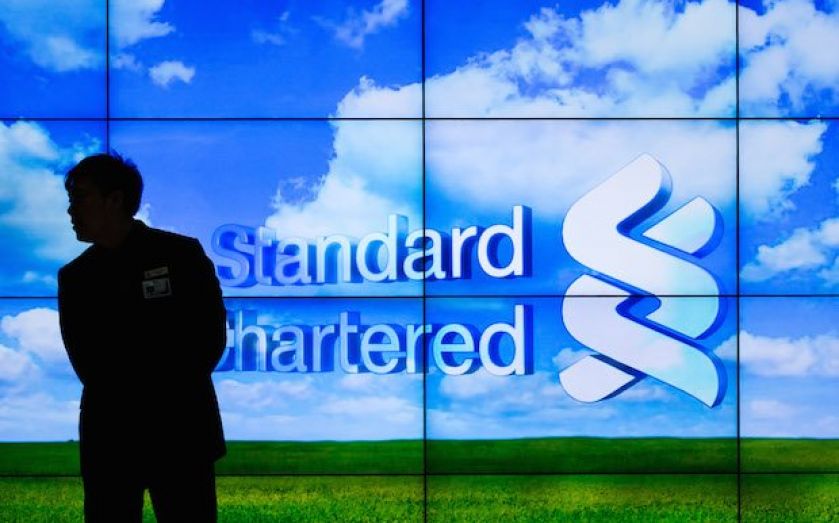StanChart cuts bonuses as bank faces “new realities”

Emerging markets-focused bank Standard Chartered cut its bonus pool by 13 per cent to $1.2bn (£700m) last year, after a disappointing performance.
Chief executive Peter Sands said: “2013 was not a great year. We are making changes to adapt to the new realities.”
The lender paid 118 of its staff at least $1.4m last year, with chief executive Peter Sands’ pay down 38 per cent from 2012, at $6.8m. Mike Rees, its head of investment banking, got $9.5m – about $8.3m of that was bonuses, pension and benefits.
Cooling emerging markets – it makes 90 per cent of its profit in Asia, Africa and the Middle East – and a $667m fine from US regulators in 2012 hit results, with shares trending down signficantly over the past year. Sands warned that performance will "remain challenged" at both an income and profit level in the first half of this year.
The bank’s had to adjust its pay structure to comply with EU rules that cap bonuses at 200 per cent of base salary.
This means that Rees could be paid $11.4m this year, but that’s down from the $21.4m he could have been paid last year. Sands could be paid $12.4m, down from a maximum payout of $14.5m prior to the cap.
The chief executive’s base pay has gone up to $1.86m, from $1.68m, with an allowance of $1.1m. Rees’ salary’s increased to $1.62m, with an allowance of $1m.
The bank’s committee said in its annual report:
The proposals have inevitably, and regrettably, resulted in an increase in fixed pay. The Committee has sought to minimise the level of fixed pay allowances and has offset the increase in fixed pay by paying the allowance in shares, deferring a greater proportion of TVC, increasing the deferral period, and reducing the maximum level of pay for executive directors.